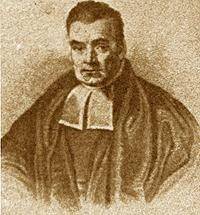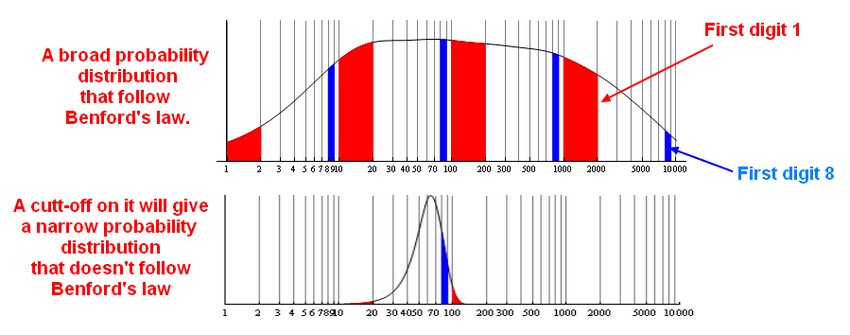About
Benford's law, also called the first-digit law, refers to the frequency distribution of digits in many (but not all) real-life sources of data.
If there is any cut-off which excludes a portion of the underlying data above a maximum value or below a minimum value, then the law will not apply.
It's a powerful tool in anti-fraud against random generators.
Articles Related
Limitations
Data must span several orders of magnitude (No min/max cutoffs)

